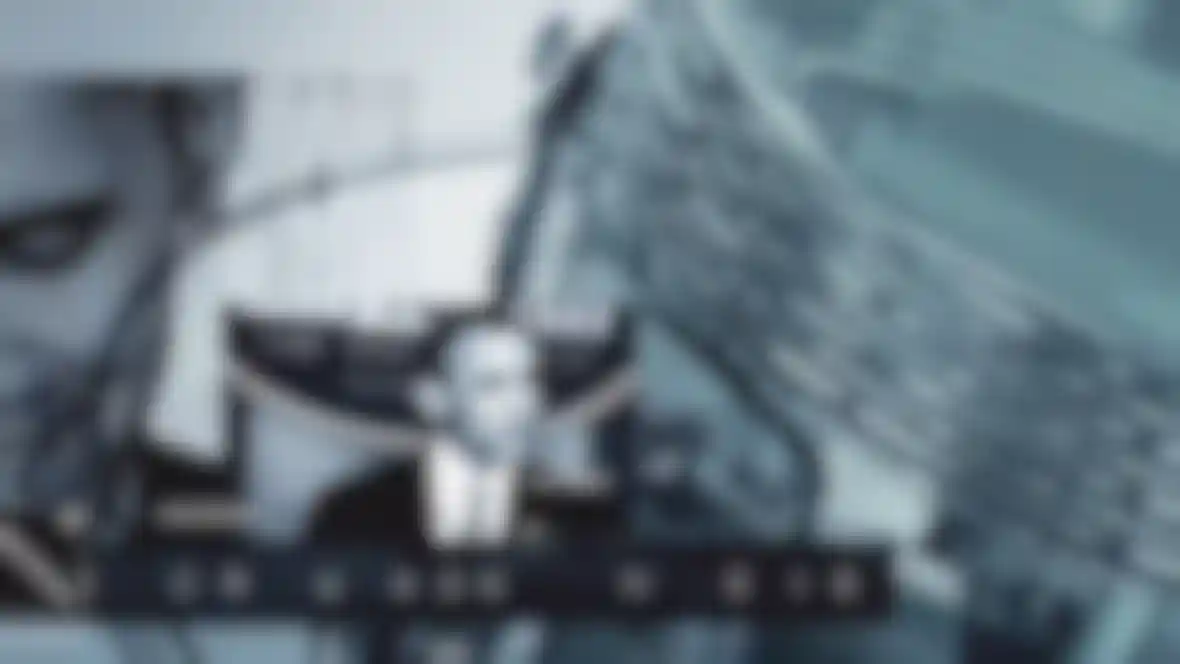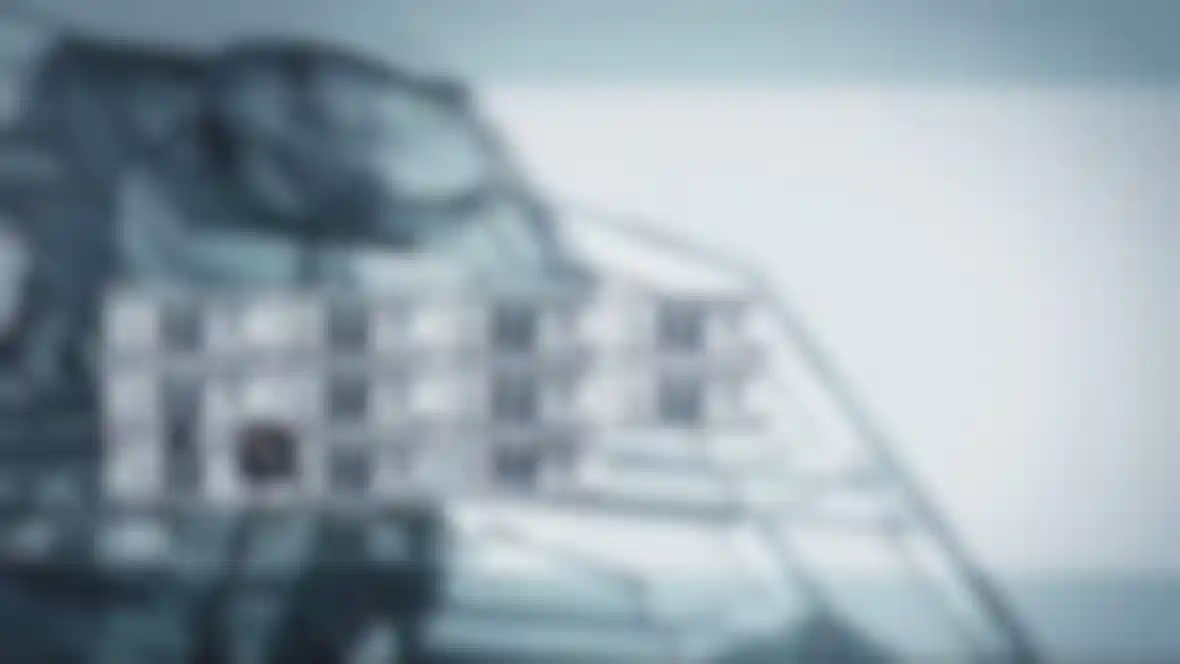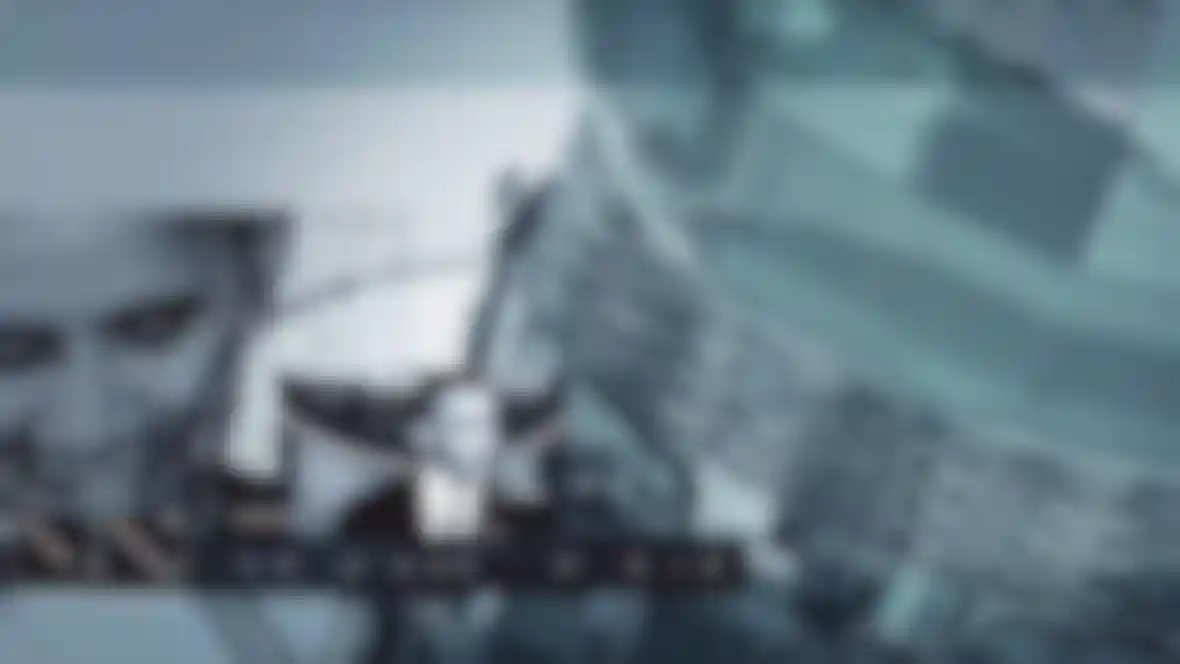
The Spirit of the Machine The confrontation of constant exhibition online on the one hand and the need for privacy on the other was the motivation for artist Mike Winkelmann, a.k.a. Beeple, to create a short film on this subject, which he realized using Maxon Cinema 4D.
Beeple is an extremely calm artist who creates a work of art every day, regardless of how small it is. He also works on larger projects that take longer to create and works as a web designer, all the while keeping a good eye on the world around him. He keenly observes what’s going on around him and articulates this in his works of art.
His latest work was obviously influenced by concern and contemplation, which Beeple successfully articulated using his unique style. He made a short film titled “Transparent Machines”, which deals with the problematic discrepancies between the extroverted exhibitionism taking place online and in social networks on the one hand and the constant admonishments for the protection of privacy online on the other. Beeple’s statement is clear: we are all transparent machines!

The short film shows an unbelievably complex arrangement of machine parts that unfold, open, interlink, move themselves, bolt together and more: in short, they interact in any way imaginable. The mechanical movements create a wave over the machines. The camera follows the movement and reveals in increasing number of glass parts.
“The greatest challenge was to create such a complex object with so many moving parts that were also rigged and animated. The object was also developed ‘on-the-fly’,” said Beeple. “Since each part of the machine was an individual moving part, there was no way to automate the movements. It was a very time-consuming process.”

Before starting this project, Beeple did not have any experience with a linear workflow. This was the first time that Beeple rendered an animation with single images in 4k resolution, which he then imported into After Effects to create the animation. Here, he created a camera movement to make the animation look unsettled – like it would look if a hand-held camera had been used. He was very accurate in the creation of the glass material and used Subsurface Scattering and volumetric fog in the Refraction channel.
When the animation was rendered using V-Ray, Beeple decided to use a very simple setup. “No lights, no GI, no sky, no Ambient Occlusion, not even the omission of depth of field resulted in acceptable render times,” remembers Beeple. “The whole glass look was actually a mistake – I wanted an entirely different look. But when I saw the entire machine in the glass look it went ‘bang’ in my mind and the entire concept was changed,” laughs Beeple. “During production, I sometimes doubted that I could finish the project. The huge scene with the innumerable number of assets and thousands of keyframes in the Timeline! But once again, Cinema 4D lived up to its reputation. The clear interface, which offers quick feedback regardless of the number of objects, let me locate items I wanted to work on anywhere in that mountain of elements in the scene so I could fine-tune and accentuate them exactly the way I wanted to!”
Mike Winkelmann’s web site:
beeple-crap.com

